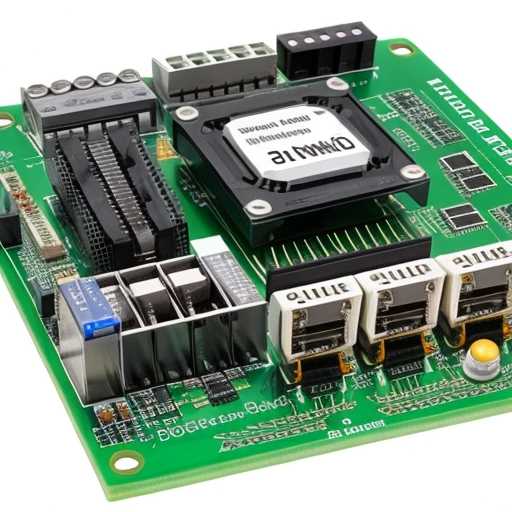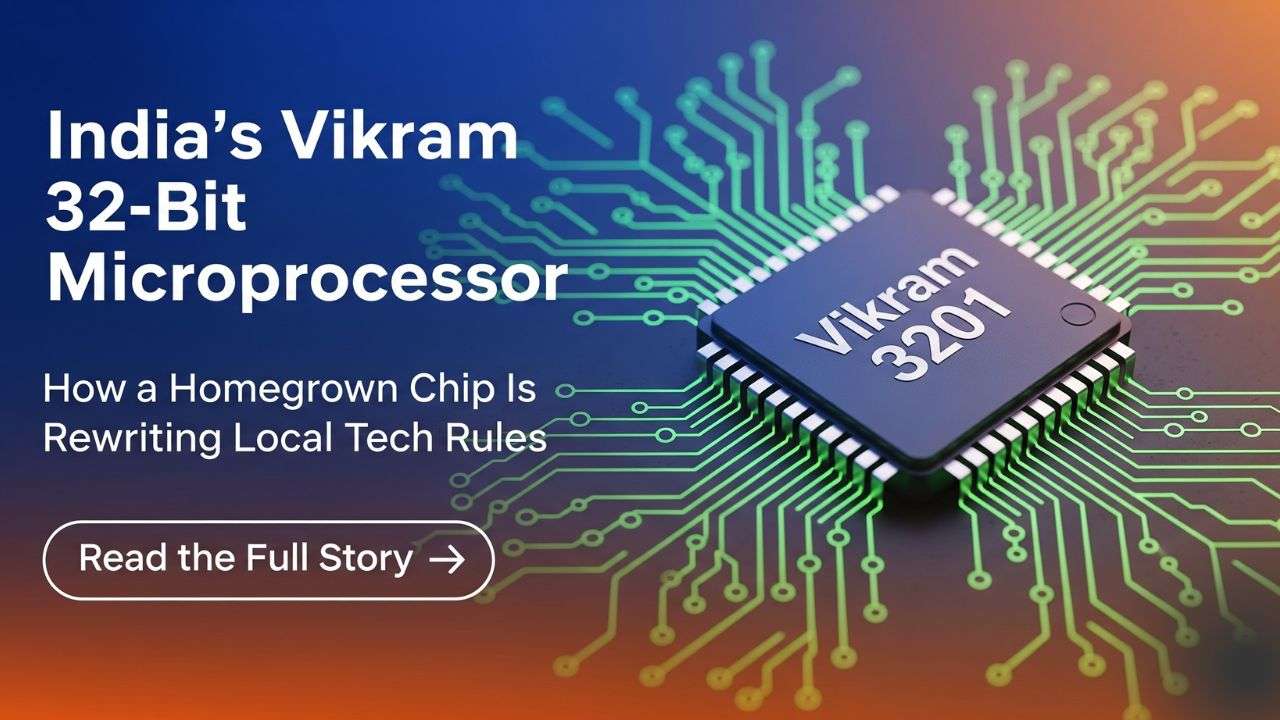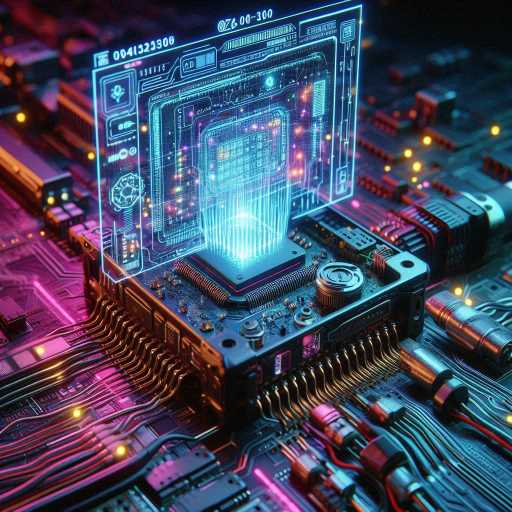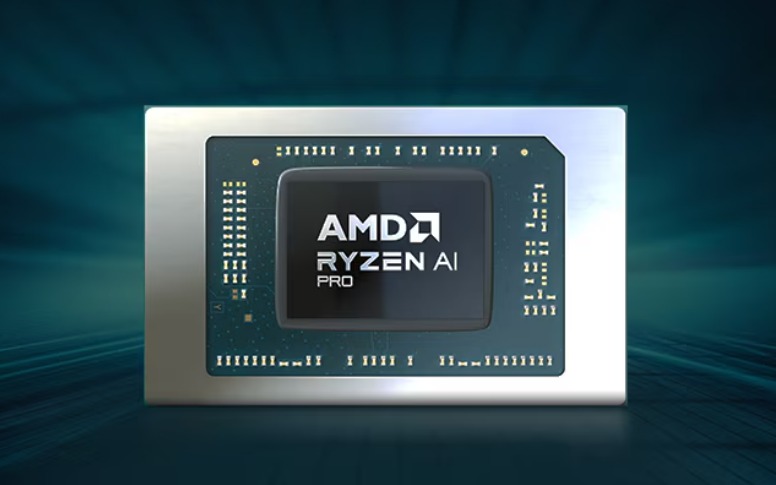In our fast-paced, tech-driven world, we often overlook the unsung heroes working quietly behind the scenes—embedded systems. These remarkable technological marvels play a pivotal role in our daily lives, from the appliances in our homes to the sophisticated control systems in our cars. In this exploration, we’ll delve into the fascinating realm of embedded systems, shedding light on what they are, their unique characteristics, the diverse classifications they fall into, and the intricate process of designing them.
Table of Contents
What is an Embedded System?
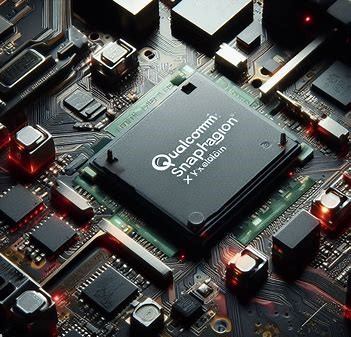
Embedded systems are the unseen architects of our modern world. They are specialized computer systems meticulously crafted to execute dedicated functions or tasks within larger systems, often without human intervention. Unlike general-purpose computers that cater to a wide array of applications, embedded systems are fine-tuned to perform specific tasks with precision and efficiency.
Characteristics of Embedded Systems
Embedded systems possess several distinctive characteristics that set them apart:
- Dedication: Each embedded system is purpose-built for a single, specific function, whether it’s regulating the temperature in your refrigerator or managing the complex operations of a spacecraft.
- Real-Time Operation: Many embedded systems operate in real-time, meaning they must process data and respond to external events within predefined time constraints. For instance, an antilock braking system must react instantly to prevent accidents.
- Resource Constraints: These systems often operate under tight constraints, with limited computational resources like memory and processing power. This necessitates a delicate balance between functionality and efficiency.
- Reliability: Reliability is non-negotiable. Embedded systems must function flawlessly, as failures can have severe consequences. Think about their role in medical devices or aviation systems.
- Integration: Embedded systems seamlessly blend into a larger ecosystem, working harmoniously with other components to fulfill a common goal. They are the invisible threads that hold complex systems together.
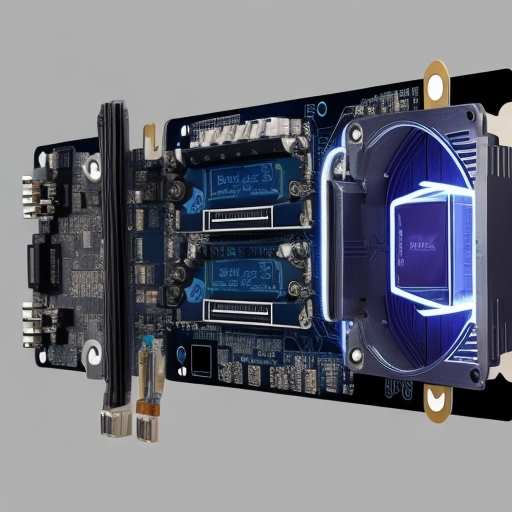
Classification of Embedded Systems
Embedded systems come in various forms, each tailored to its specific application:
- General-Purpose Embedded Systems: These versatile systems find applications in a wide range of industries, from consumer electronics like smartphones to personal computers.
- Real-Time Embedded Systems: These systems are the pulse keepers of real-time operations and are found in critical areas like industrial automation, medical devices, and automotive safety systems.
- Networked Embedded Systems: The backbone of the Internet of Things (IoT), these interconnected systems facilitate communication between devices, sensors, and the cloud, enabling smart homes and cities.
- Mobile Embedded Systems: These power our portable devices like smartphones and tablets, emphasizing portability and energy efficiency.
- Stand-Alone Embedded Systems: Operating independently, they serve a single function efficiently, from your microwave’s control system to your digital camera’s image processing.
Embedded System Design
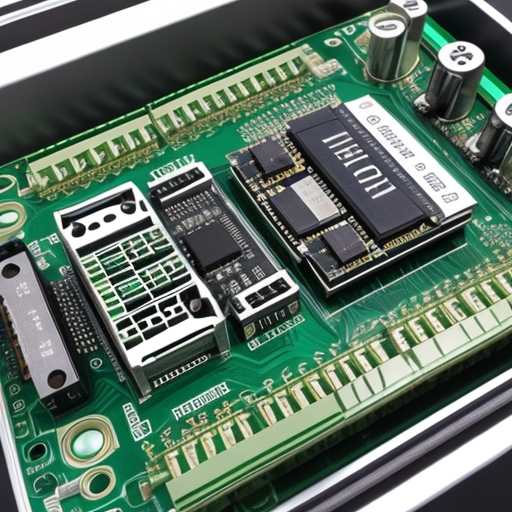
Designing embedded systems is a meticulous process that involves:
- Requirement Analysis: Clearly defining the system’s purpose, its environment, and its functional requirements.
- Hardware Selection: Carefully choosing the hardware components, such as microcontrollers, sensors, and actuators, that align with the system’s goals.
- Software Development: Creating custom software that optimally complements the chosen hardware, ensuring seamless functionality and efficient resource utilization.
- Testing and Validation: Rigorous testing to verify the system’s performance, reliability, and compliance with its intended purpose.
- Integration: Seamlessly integrating the embedded system into the larger ecosystem, fostering smooth collaboration with other components.
- Maintenance and Updates: Continuously monitoring and updating the system to adapt to changing requirements and address potential vulnerabilities.
we’ll delve deeper into the applications of embedded systems, their numerous advantages, and the challenges they bring.
Medium-Scale Embedded System Example: Smart Thermostat
A smart thermostat is an excellent example of a medium-scale embedded system. It falls within the medium scale because it’s designed to perform a specific function (climate control) within the context of a smart home, and it’s not as complex as large-scale systems like automotive control units. Here’s how it works:
- Function: Smart thermostats are dedicated to regulating the temperature within a home or building efficiently.
- Components: These systems typically consist of a microcontroller, sensors (temperature, humidity, occupancy), a user interface (often a touch screen or smartphone app), and connectivity modules (Wi-Fi, Bluetooth) for remote control and data exchange.
- Real-Time Operation: Smart thermostats must respond in real-time to changes in temperature and occupancy, adjusting heating and cooling systems to maintain comfort and energy efficiency.
- Advantages: They provide precise temperature control, optimize energy usage, and offer remote access for users to manage climate settings.
Large-Scale Embedded System Example: Automotive Engine Control Unit (ECU)
Automotive Engine Control Units are prominent examples of large-scale embedded systems due to their complexity and the critical role they play in modern vehicles.
- Function: ECU is responsible for controlling various aspects of the engine’s performance, including fuel injection, ignition timing, emissions, and transmission control.
- Components: A typical ECU includes a microcontroller or microprocessor, multiple sensors (temperature, air pressure, oxygen), actuators (fuel injectors, spark plugs), and communication interfaces (CAN bus).
- Real-Time Operation: Large-scale embedded systems in vehicles operate in real-time, continuously monitoring and adjusting engine parameters for optimal performance and emissions control.
- Advantages: They improve fuel efficiency, reduce emissions, and enhance vehicle performance while ensuring safety and compliance with environmental regulations.
Applications of Embedded Systems
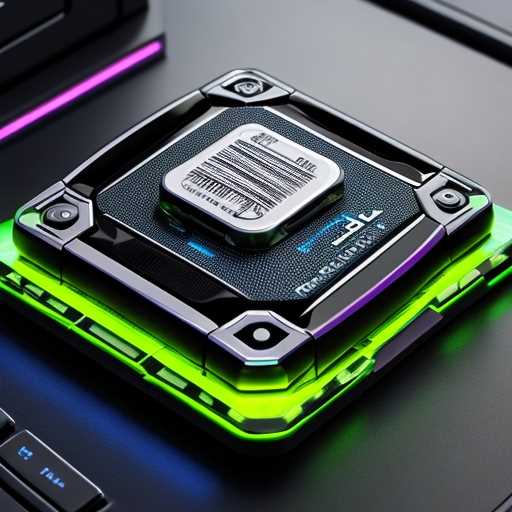
Embedded systems have a wide array of applications across various industries:
- Consumer Electronics: They power smartphones, smartwatches, and televisions, enhancing our digital experiences.
- Automotive Industry: Embedded systems control engine functions, airbags, infotainment systems, and advanced driver-assistance systems (ADAS).
- Healthcare: From wearable fitness trackers to advanced medical devices, embedded systems play a crucial role in monitoring health and delivering precise treatments.
- Industrial Automation: Manufacturing processes rely on embedded systems for robotics, process control, and quality assurance.
- Aerospace and Defense: Embedded systems manage critical functions in aircraft, spacecraft, and defense systems, ensuring safety and precision.
- Smart Homes and Cities: They enable smart thermostats, security cameras, and interconnected city infrastructure for efficient resource management.
- Telecommunications: Embedded systems power cell towers and network equipment, ensuring seamless communication.
Pros of Embedded Systems
- Efficiency: Embedded systems are optimized for their tasks, ensuring efficient resource utilization and performance.
- Reliability: Designed for dedicated functions, they are highly reliable, crucial in applications like healthcare and automotive safety.
- Real-Time Processing: Many embedded systems operate in real time, making them indispensable for instant decision-making, such as in industrial control systems.
- Energy Efficiency: They are often tailored for low power consumption, extending the lifespan of battery-powered devices.
- Cost-Effective: Embedded systems offer cost-efficient solutions for specific functions, reducing the need for complex, expensive general-purpose computers.
- Customization: Their design can be customized to suit the specific requirements of a given application.
Cons and Challenges of Embedded Systems
- Limited Resources: The constrained hardware resources of embedded systems can be a bottleneck for complex applications.
- Development Complexity: Creating and debugging software for embedded systems can be challenging, requiring specialized knowledge.
- Security Concerns: As they are integrated into critical systems, security vulnerabilities in embedded systems can have severe consequences.
- Scalability: Adapting embedded systems for new functions or features can be cumbersome, as their dedicated designs may not accommodate changes easily.
- Maintenance: Continuous maintenance and updates are necessary to keep embedded systems secure and efficient.
Embedded systems course
Most of the new course are available on internet.
Problem is you will have to check thrust worthy course. Based on your understanding but. some courses are available on the Coursera and Udemy
Embedded systems are the silent architects of our modern world, empowering our gadgets, vehicles, and even the infrastructure of smart cities. Understanding what they are, their unique characteristics, classifications, and the intricacies of their design offers a fascinating glimpse into the intricate web of technology that envelops our lives. As we grow increasingly reliant on embedded systems for an expanding array of complex tasks, their role in shaping the future of technology remains indispensable, even if it often goes unnoticed.
For more new things click here–> Read New

